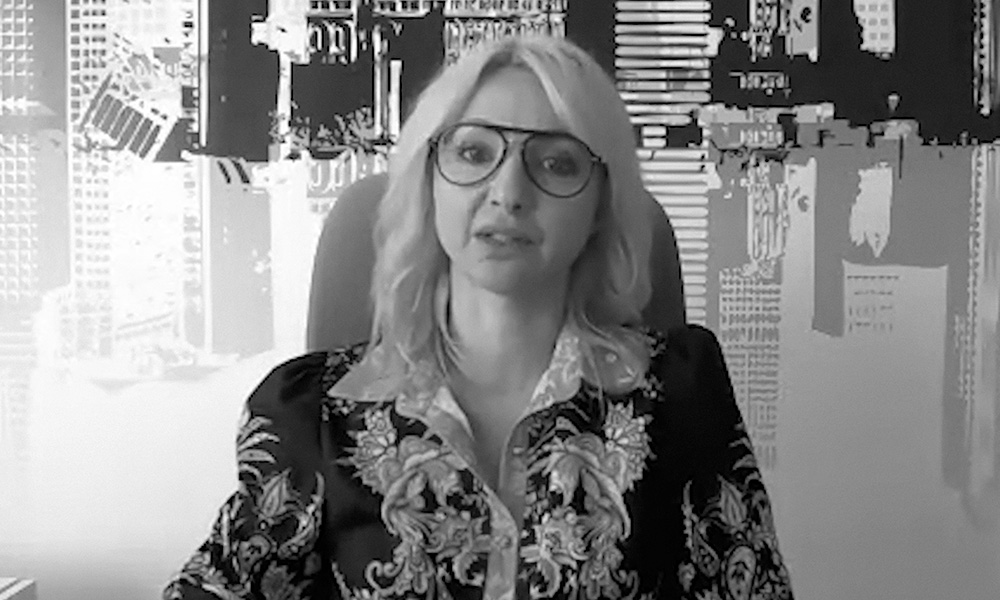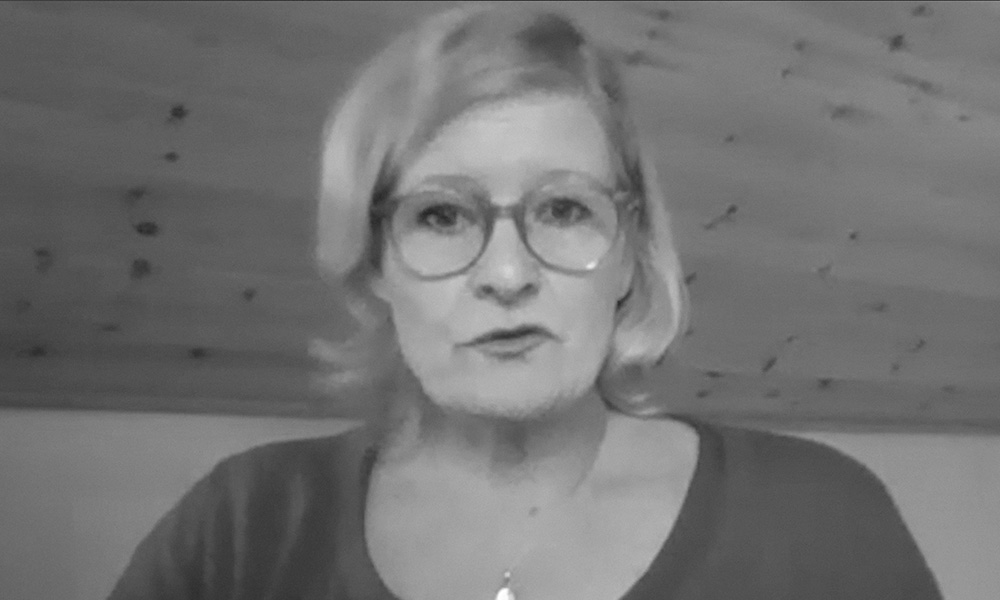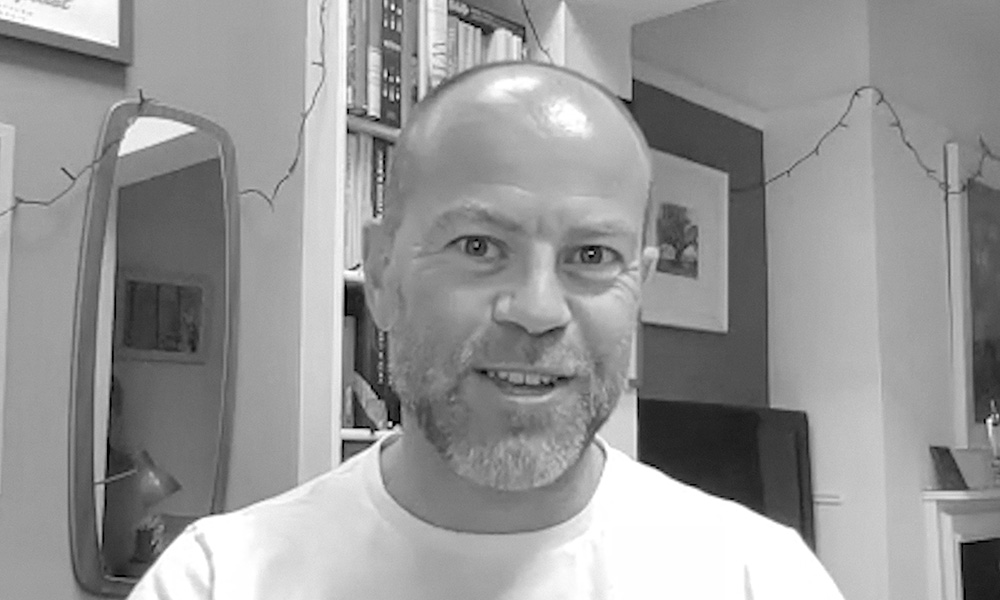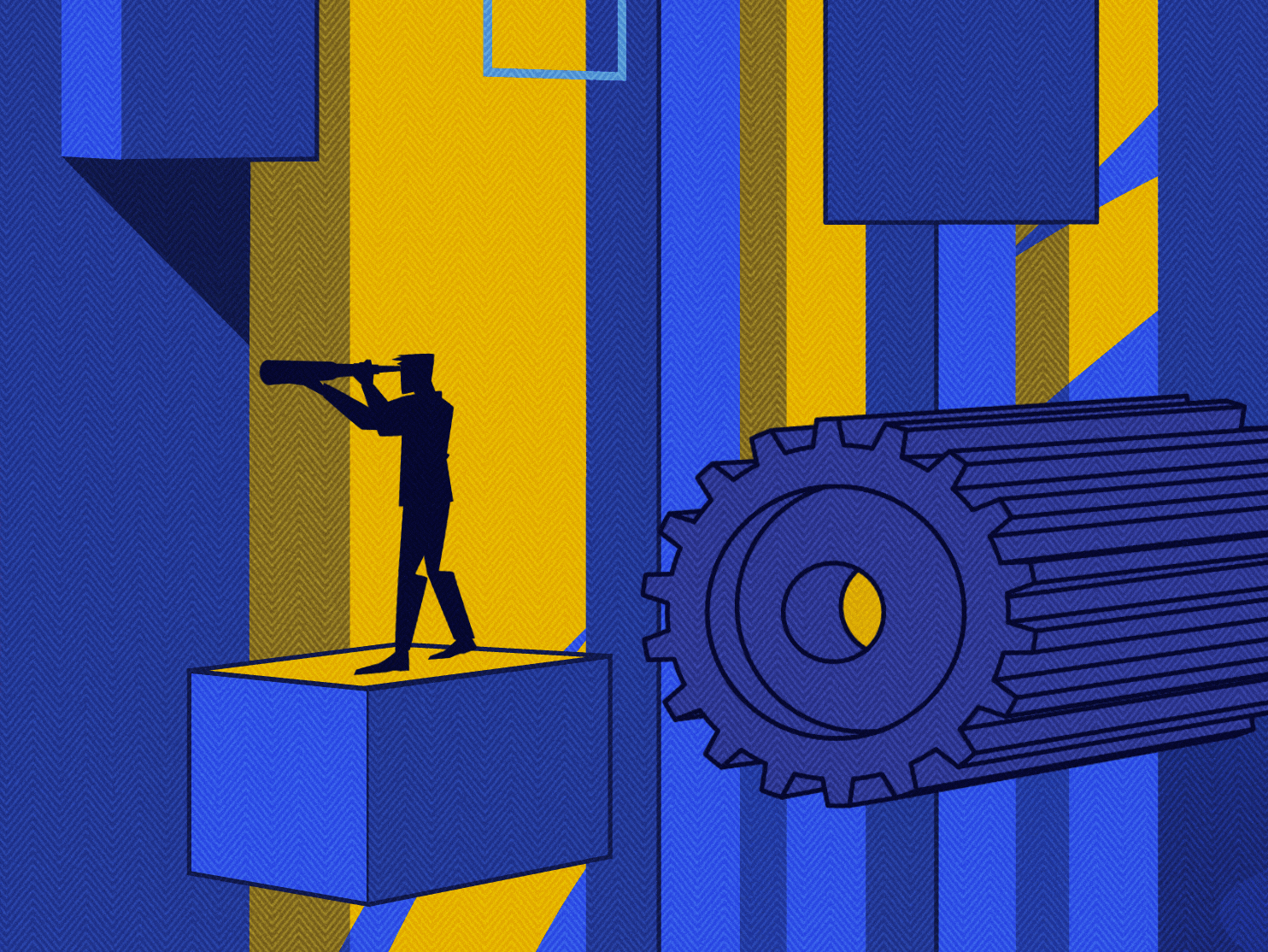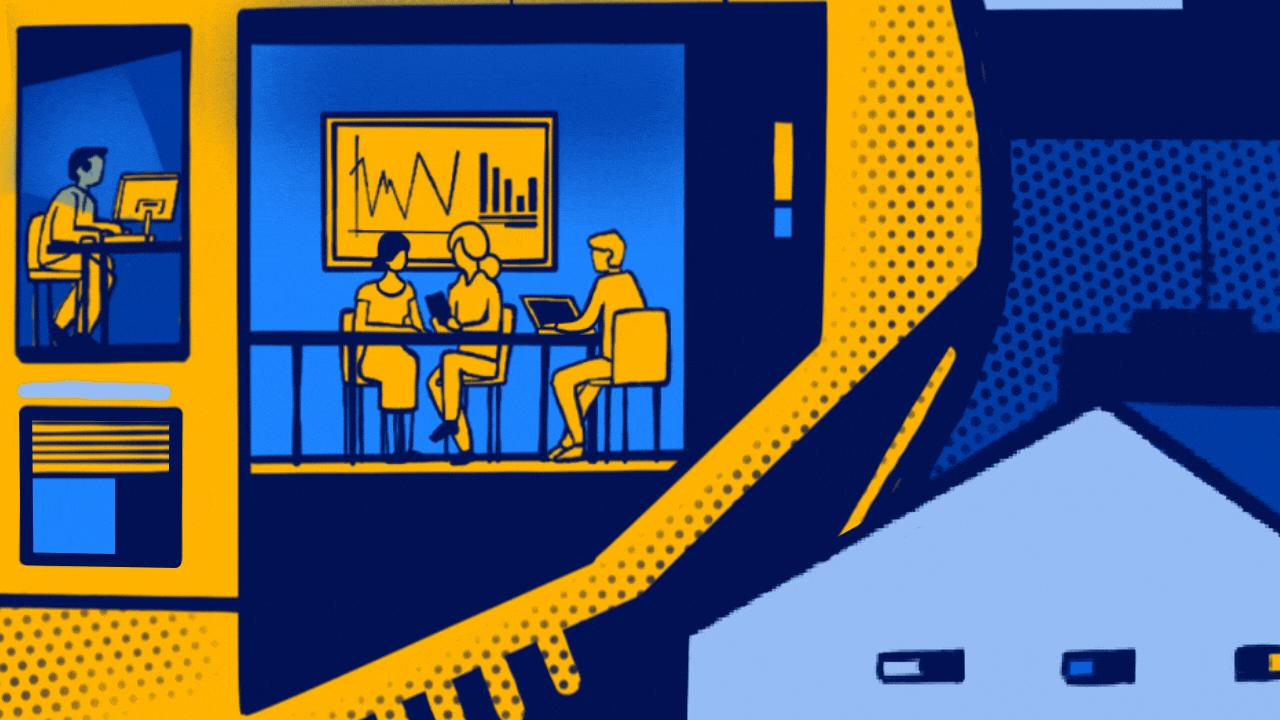
Unsplash / Marc Olivier
Collectively, during the pandemic, we deepened our connection and humanized our working relationships. We leaned into being vulnerable, sharing our stories, listening and perspective-taking, experiencing together and acting with compassion. Leaders supported their teams to get them operational, adapt to working virtually and manage their wellbeing. This delivered a new state of shared empathy, deeper connections and a new culture of organizational trust.
Simply put, increased oxytocin increases empathy and increased empathy equals deeper human connection.
Paul Zak is the Founding Director of the Center for Neuroeconomics Studies, Professor of Economics, Psychology and Management at Claremont Graduate University, and author of The Trust Factor: The Science of Creating High Performing Companies. Over two decades his research has shown a direct correlation between oxytocin (a hormone that helps nerve cells in the brain send messages) and empathy. Zak’s research found oxytocin is essential for creating trustworthy relationships. Simply put, increased oxytocin increases empathy and increased empathy equals deeper human connection.
Conclusively, his research has found a clear relationship between organizational trust and business performance, where “Compared with people at low-trust companies, people at high-trust companies report 74% less stress, 106% more energy at work, 50% higher productivity, 13% fewer sick days, 76% more engagement, 29% more satisfaction with their lives, and 40% less burnout.”
Customer empathy as a powerful resource
Just as employee empathy empowered shared understanding of experiences during the pandemic, so can customer empathy be switched on to help employees understand and feel what it is like to be a customer. For the most part, customer empathy is underutilized in business and mainly utilized in human-centered design. When scaled across the business however, customer empathy is a powerful human resource to unlock divergent thinking by bringing fresh points of view into day-to-day customer problem-solving and decision-making.
There is a conventional belief that employee empathy equals customer empathy. However, to enable employees to take the perspective of the customer requires bridging the ‘empathy gap’.
Currently, there is a conventional belief that employee empathy equals customer empathy. However, employee empathy alone is not sufficient to develop deeper and more meaningful customer connections; especially for non-customer facing employee teams. To enable employees to take the perspective of the customer requires bridging the ‘empathy gap’. This gap is perpetuated through:
- A shortfall in empathetic leadership, such as the very poor treatment of customers brought to light in Australia recently by Royal Commissions into Banking, Insurance and Aged Care;
- The siloed mentality within organizations, where businesses are still organized by business units or functional groups to reduce complexity and increase productivity and efficiency. The upshot is employee teams that don’t work together in the best interests of customers;
- Then the obsession with representing customers as scores, statistics and graphics. This reduces the visibility of customers as human beings, diminishing employees’ ability to develop a shared customer connection – and effectively shrinking the customer’s perspective to just another number on their PC dashboard.
Empathy-led innovation and customer feedback
Cleveland Clinic is an excellent case study of empathy-led innovation in culture and organizational structure as a driver of customer satisfaction and business performance. Cleveland Clinic is one of the largest medical center groups in the US, with 10 hospitals and 19 medical centers, 40,000+ staff and an operating budget of $6 billion. Their innovation started with a critical piece of customer feedback: “We know about Cleveland Clinic and the excellent results you deliver. But we decided not to go there because we have heard you have no empathy. We went to another hospital instead, even though it wasn’t as highly ranked.”
At the time, Dr Delos ‘Toby’ Cosgrove, esteemed heart surgeon and Cleveland CEO, pondered: what if medicine was defined from the patient’s perspective, what if patient care was designed from patient experience, and what would this mean for how hospitals were organized and medical services delivered?
Through active listening to patient/doctor conversations, he reimagined the distinction between surgeons and physicians, arguing that patients did not ask for particular specialists but instead described their symptoms and how these made them feel. “When people were sick they did not say, ‘I need a cardiothoracic surgeon’ or ‘Take me to a cardiologist’. Instead, they would declare ‘My chest hurts’ or ‘I can’t breathe’ – or simply ‘I feel unwell’.”
Ultimately, the business decided not just to reorganize, but to redesign medicine to deliver a customer experience that felt human – breaking down the specialist silos and challenging long-held medical conventions.
In 2008, before their customer empathy-led transformation, Cleveland Clinic ranked last in patient satisfaction. Five years later, they ranked number one.
A culture to make you feel good
Embedding a culture of customer empathy requires building a solid foundation of trust, signaling to employees that empathy isn’t just the next corporate buzzword. The challenge for organizational leaders is working within the constraints of their corporate system – the business’s current ways of working and shifting biased mindsets. To foster engagement, employees need to see less talk and more action. The first step is humanizing how leaders think, act and communicate.
To create a culture of trust that will raise oxytocin levels, elevate empathy among employees and enhance organizational performance, Zak prescribes, amongst other strategies, showing vulnerability. Zak argues in a Harvard Business Research Journal, The Neuroscience of Trust, “Leaders in high-trust workplaces ask for help from colleagues instead of just telling them to do things. My research team has found that this stimulates oxytocin production in others, increasing their trust and cooperation. Asking for help is a sign of a secure leader – one who engages everyone to reach goals.” It’s like the pre-flight announcement before flying: make sure you put your oxygen mask on first before helping others.
Reviewing a business’s performance metrics is critical to ensure congruence with the organization’s cultural aspirations, and aligning these business goals with recognition and reward.
A robust customer empathy program includes developing and scaling customer listening with empathy and customer storytelling. Also necessary is utilizing tools such as customer journey maps with emotion graphs, formalized service safari programs and the like, that facilitate ongoing customer conversations and humanize the customer’s experience, especially for back-of-house and cross-functional teams. Empathy nudges too, such as skills and practices that can provoke empathy, are a proven method for delivering behavior change. The process of reviewing a business’s performance metrics is critical to ensure congruence with the organization’s cultural aspirations, and aligning these business goals with recognition and reward.
Overnight (and by necessity), humanizing the workplace with empathy and trust became the new black. Now, with growth back on the agenda, the imperative for organizational leaders is to leverage this rediscovered state of ‘humanized connection’ for customer-led empathy to enhance their people and business performance.



